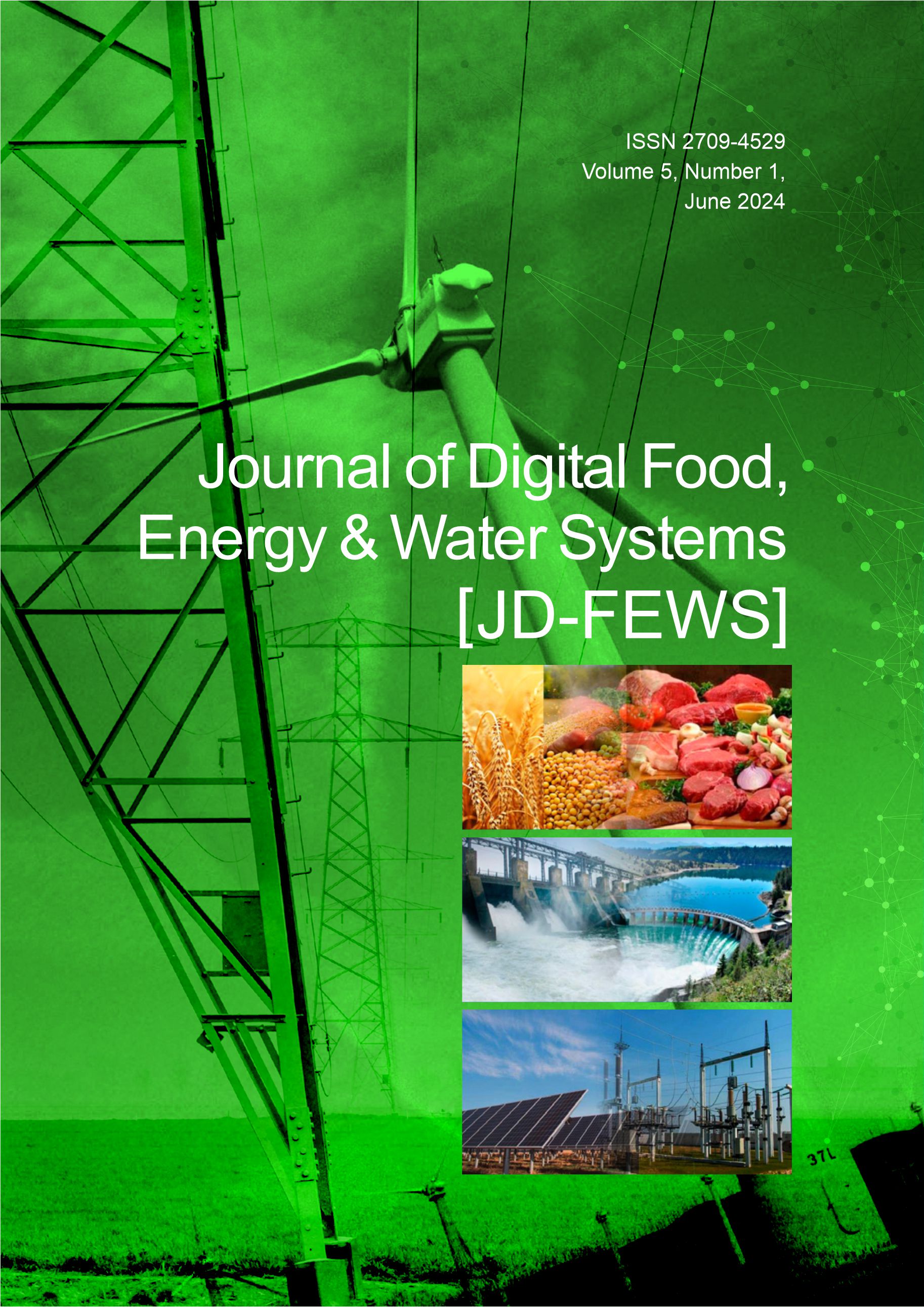A Review of Plastic Pollution; Conventional and Recent Bioremediation Technologies
Main Article Content
Keywords
Biodegradable plastics, Bio-fragmentation, Photo-degradation
Abstract
The discovery of the first artificial plastic in 1869 (earlier called celluloid) by John Hyatt was a bid to replace the use of Ivory for ornaments and artistry, which endangered animals like the elephant. John Hyatt discovered plastics by dissolving camphor in nitrocellulose and alcohol in heat. While this invention piqued the interest of scientists to have considered it a groundbreaking scientific discovery, little attention was paid to the aftermath effects of its usage. Hence, as the use of plastics continued to burgeon over the past decades, plastics have now begun to pose a serious threat to marine and land inhabitants. This threat encompasses the competition for space, water contamination, and environmental toxins release, contributing to the pollution of inhabitable lands. Unfortunately, third-world countries are consistently impacted worse as the global demand, production, and distribution of new plastics are increasingly becoming disproportionate to the rate of degradation and recycling. Consequently, many disciplines and research institutes have constantly invested time and resources in developing new technologies to combat non-biodegradable plastic waste. However, since the conventional methods of degrading plastics have been found to be less eco-friendly, there has been a paradigm shift towards using biological techniques to serve as better alternatives. In this study, an overview of the conventional and modern biological and non-biological pathways for degrading plastics are elucidated with concluding views on the microbial degradative pathway as a viable means for developing countries.


